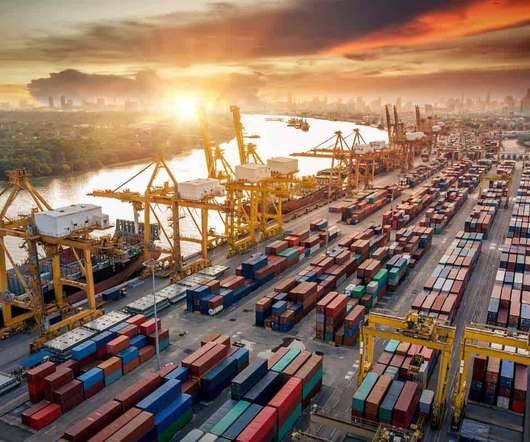The path to recovery from COVID-19 – LogiSYM August 2020
The Logistics & Supply Chain Management Society
AUGUST 20, 2020
This analysis focuses on four Southeast Asian economies: Singapore, Thailand, Indonesia and Malaysia. Disruption of cross-border supply chains. Production and supply chains shut down in China from February 2020, affecting cross-border logistics and e-commerce supply chains.
















Let's personalize your content